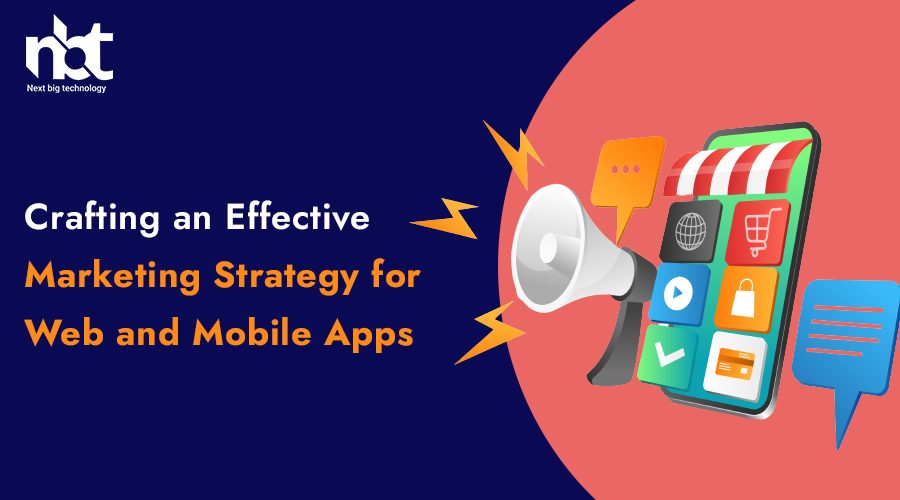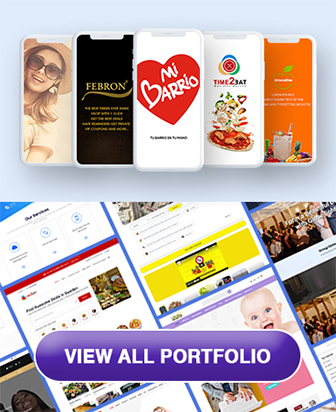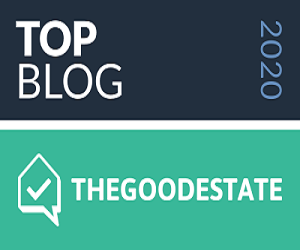Table of Contents
Understanding Your Audience
Before diving into marketing tactics, it’s crucial to understand your target audience thoroughly. Conduct market research to identify your potential users’ demographics, preferences, and pain points. This information will serve as the foundation for your marketing strategy.

Creating User Personas
Develop detailed user personas that represent your ideal customers. This includes their age, gender, interests, and behavior. Understanding your users on a personal level helps tailor your marketing efforts.
Setting Clear Goals
Every effective marketing strategy starts with clear, measurable goals. Define what you want to achieve with your app. Is it increasing downloads, boosting user engagement, or generating revenue through in-app purchases? Your goals will shape your marketing tactics.
SMART Goals
Ensure your goals are Specific, Measurable, Achievable, Relevant, and Time-bound (SMART). For example, “Increase app downloads by 25% within three months” is a SMART goal.
Identifying Your Unique Selling Proposition

What sets your app apart from the competition? Your Unique Selling Proposition (USP) is a critical element of your marketing strategy.
Highlighting Key Features
Identify the key features that make your app special and emphasize them in your marketing materials. Explain how these features address your users’ pain points.
Creating Engaging Content
Content is king in the digital marketing world. Develop high-quality, engaging content to attract and retain users.
Blogging and Social Media
Start a blog related to your app’s niche and share valuable insights. Use social media platforms to connect with your audience and share your content.
Video Marketing
Create informative and entertaining videos showcasing your app’s features and benefits. Video content is highly shareable and can go viral.
Leveraging App Store Optimization
App Store Optimization (ASO) is crucial for mobile apps. Optimize your app’s title, description, and keywords to improve its visibility in app stores.

User Reviews
Encourage satisfied users to leave positive reviews, as these can significantly impact your app’s ranking.
Paid Advertising
Investing in paid advertising can give your app an initial boost in visibility.
Google Ads
Run Google Ads campaigns targeting relevant keywords to drive traffic to your app’s landing page.
Social Media Ads
Use social media advertising to target specific demographics and increase app downloads.
Measuring and Analyzing Results
Regularly monitor your marketing efforts and adjust your strategy based on performance.

Analytics Tools
Utilize analytics tools like Google Analytics and app-specific metrics to track user behavior and conversion rates.
Conclusion
Crafting an effective marketing strategy for web and mobile apps is a multifaceted process. By understanding your audience, setting clear goals, highlighting your USP, creating engaging content, optimizing your app store presence, and using paid advertising, you can significantly increase your app’s chances of success. Remember that consistent monitoring and adaptation are key to staying ahead in the competitive app market.
Thanks for reading our post “Crafting an Effective Marketing Strategy for Web and Mobile Apps”. Please connect with us to know more about Crafting an Effective Marketing Strategy .



















